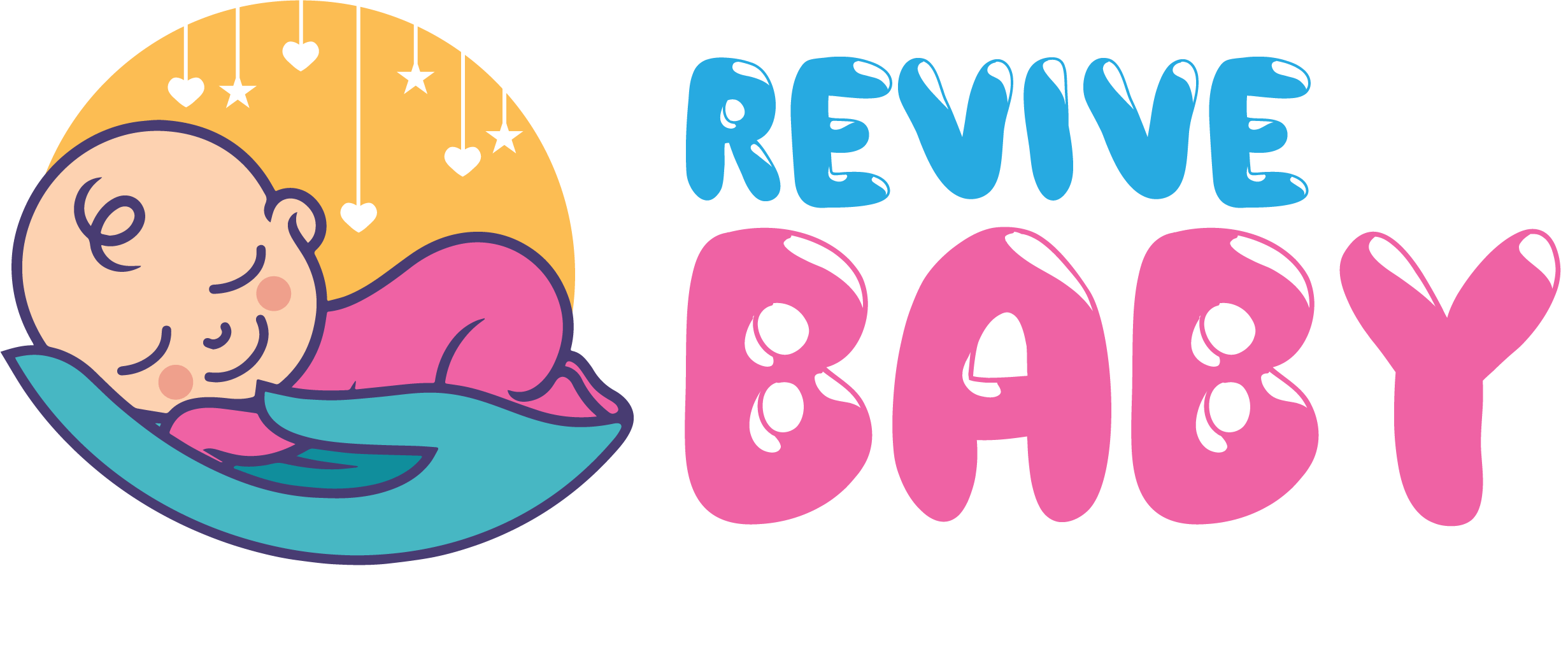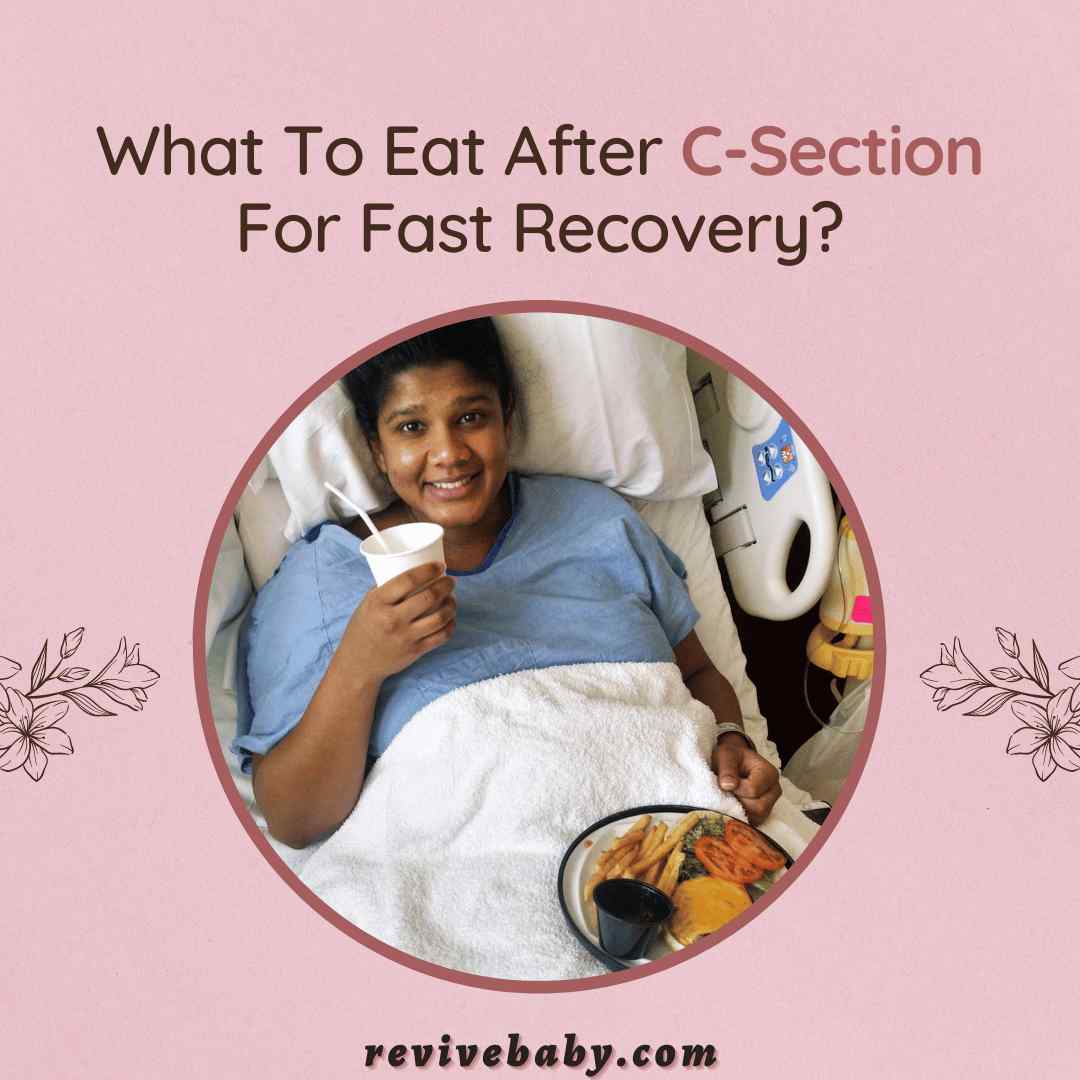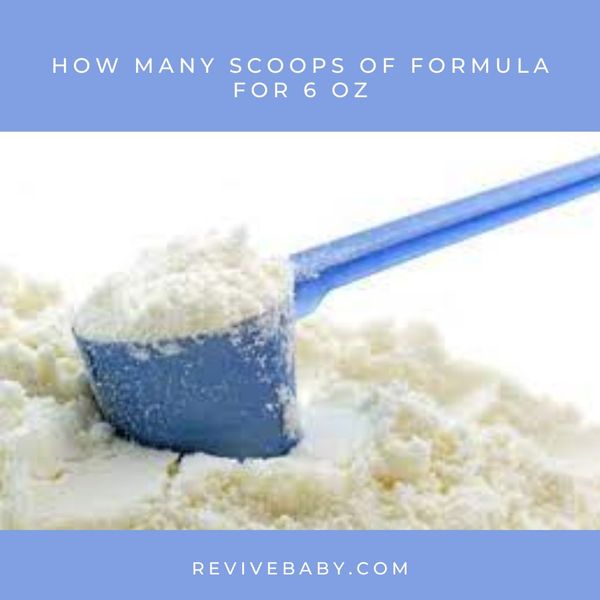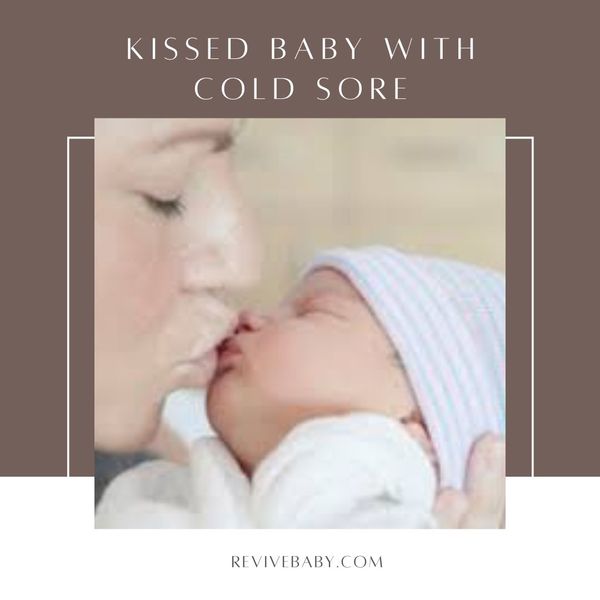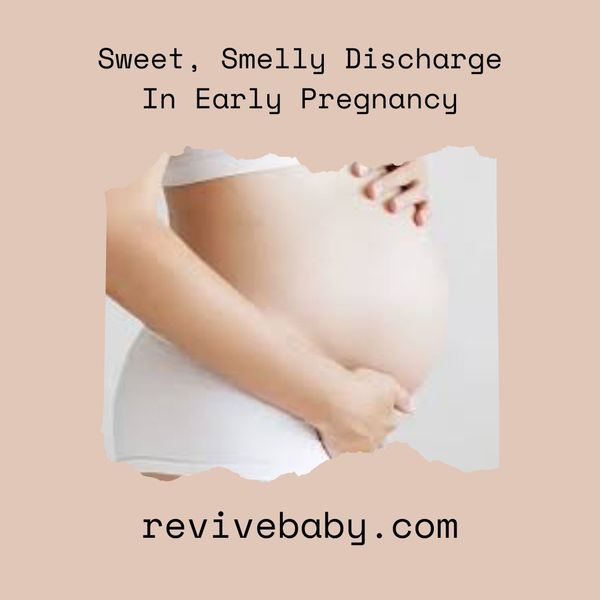As a result, the mother must meet her own nutritional needs and those of her infant. In addition, following surgery, the uterus and abdominal wall are subjected to significant trauma, and a healthy diet aids in their recovery.
A cesarean section is a major surgery, and your body will require special care to ensure a full recovery. Cesarean sections now account for up to four out of every ten new deliveries on the island, so you're not alone if you're worried about having one.
Only a three- to four-day hospital stay (possibly longer if complications arise) and up to six weeks for complete healing can be expected. This article will cover what you can eat after a c-section to help you heal quickly.
Best Diet After C-section
It's important to think about what to eat and avoid after having a cesarean section. The diet should consist of a variety of meals that will provide the mother with the necessary nutrients in enough amounts.
To recuperate quickly after a C-section, a mother's diet should consist of the following:

Remember To Take In Lots Of Fluids
Although drinking enough water won't speed up the healing process, it will have several other positive effects on a mother's health, such as warding off constipation and relieving strain on her belly. You have to avoid taking spices during pregnancy and C-Section as well.
Ginger tea, red dates tea, or a confinement tonic comprised of ordinary chicken soup and ginseng chicken soup are common warm; nutritious drinks served with Chinese confinement meals. Try adding any of these or other fluids to your diet, but watch out for the sugar content.
High-Quality Protein, Calcium, And Mineral-Rich Diet
Proteins function as cellular scaffolding. They promote the development of new tissue cells and aid in the speedy recovery of damaged organs and tissues. Alternatively, calcium assists in blood clotting, calm muscles and strengthens bones and teeth.
It also facilitates the transfer of the newborn's daily calcium intake of 250-350 mg. High-quality protein may be found in foods like skim milk, cheese, beans, and dried peas, which are recommended for pregnant women.
Vitamins
After a cesarean, you should eat foods high in vitamins and minerals. It aids in tissue healing and stimulates collagen formation, a protein essential for developing new connective tissue, skin, and ligaments.
Vitamin A and C may be found in vegetables like spinach, broccoli, and fenugreek; these vegetables also provide other essential nutrients like calcium and iron. Fruits, including oranges, melons, strawberries, and grapefruits, are high in vitamin C, which helps the body's immune system fight illness.
Dietary Sources Of Fibre
Fiber is an essential food that prevents constipation and ensures easy bowel movements, which are important for a quick recovery from wounds and incisions because of the added strain they impose on the body.
- Roughage from raw fruits and vegetables helps ease constipation.
- Both oats and ragi have a high proportion of dietary fiber to other nutrients, and they are also good providers of carbohydrates, calcium, proteins, and iron.
- The protein and fiber included in legumes like lentils, green grams, and pulses make them a healthy addition to any diet.
Fast And Simple Digestion Foods
After delivery, the body tends to store gas. Pregnant women and new moms should avoid eating foods that might cause bloating and intestinal distress. You should stick to soft, easily digested foods like soup, cottage cheese, broth, and yogurt, in the days after your C-section rather than drinking fizzy beverages or eating junk food.
What Not To Eat After a C-Section?
In new mothers, there is an increased risk of delayed wound healing. That is why you must exercise caution and monitor your diet.
Meals containing ingredients that may promote inflammation and disrupt the body's healing process should be avoided following a c-section. Foods with added sweets and fried dishes are common foods to avoid after having a cesarean.
So you're wondering what foods are safe to eat after a cesarean section. Fiber-rich meals, colorful vegetables, herbs, and warming soups are all examples of anti-inflammatory foods that can help with digestion, speed wound healing, and even stimulate milk supply in nursing mothers.
Another excellent addition is the green pepper. Green peppers are frequently included in Malay confinement meals due to their alleged health benefits, which include their ability to cleanse the digestive system, their status as a powerful antioxidant, and their role in encouraging regular and natural bowel movements.

Conclusion
Knowing what to eat after a C-Section is critical, not only during recovery but also afterward. While you may not be in pain, your body is still healing from the pregnancy and the Cesarean section. Both activities are physically demanding and may result in injuries requiring healing time.
While the human body is miraculous and beautiful, with the ability to heal itself, it requires adequate support.
Every effort should be made to maintain a healthy diet that contains all of the major components of a healthy body. It is far more important to understand what foods to eat after a C-Section. Faster recovery and better overall health can be achieved by providing the body with the nutrients, fiber, and vitamins required.
You have only recently begun your journey as a mother. You had a C-section after completing your pregnancy successfully. You should have at least a year of experience caring for newborns.
The tasks of feeding your infant, waking up in the middle of the night, and so on are rewarding but exhausting. Put good food in your body. This is because you deserve it.
